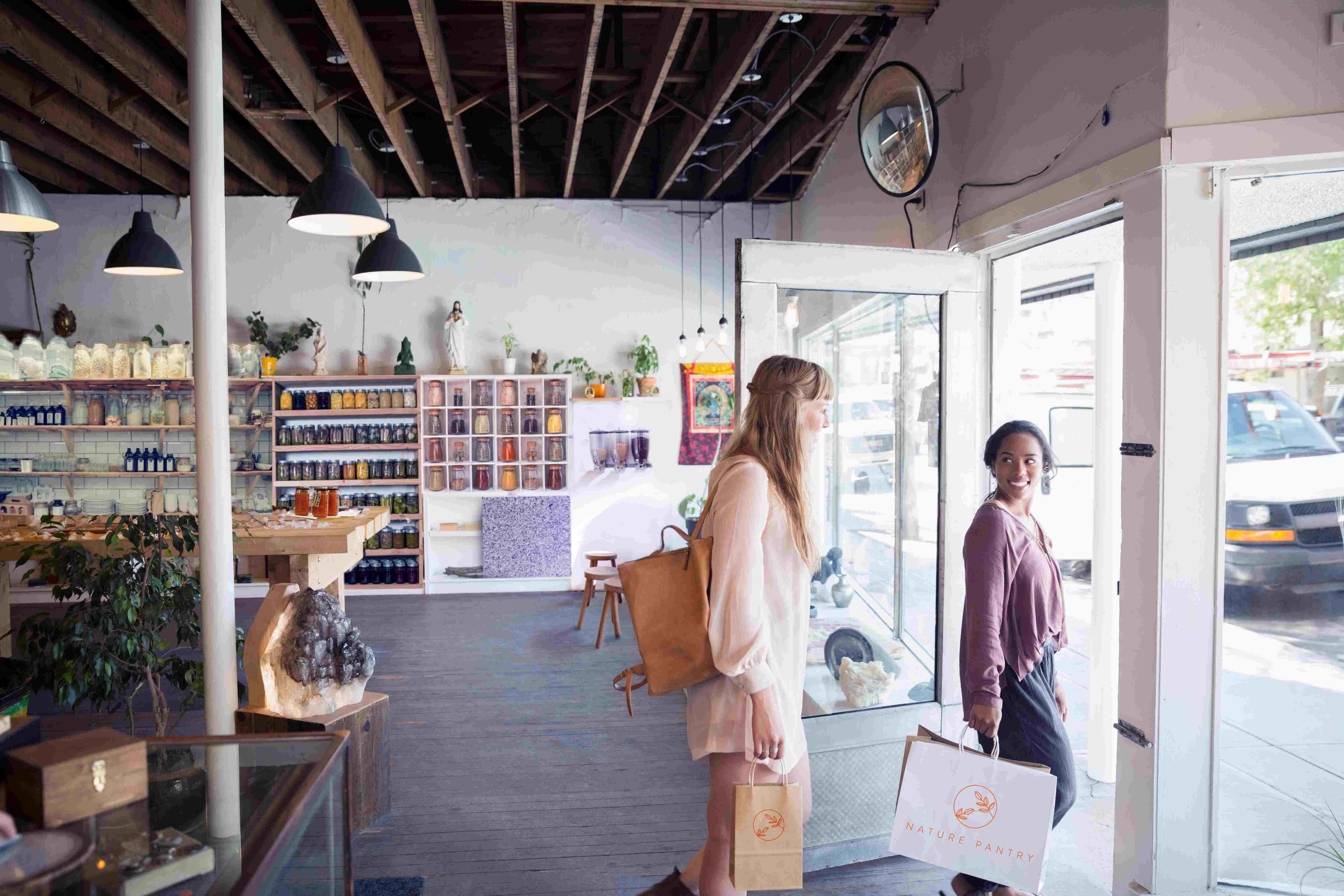-

Opening a physical location for your online brand
Tue Nov 20 2018. 2 min readThe retail industry is going through significant changes. Customers are starting to favour brick-and-mortar locations rather than online shopping, due to the experiences and deeper level of brand engagement it affords. According to a survey by the NRF, 79% of consumers said that brand experiences are important in determining how frequently they shop, and the retailers they visit. Further supporting the shift in consumer mindset is that nearly 6 out of 10 shoppers are driven into stores for special events and experiences hosted by retailers, including the ability to trial new products. As a result, more online-focused brands are turning to brick and mortar as a new way to connect with their audience. These physical stores allow brands to build deep relationships with their customers. However, building a physical presence is not easy. Long term leases, high rents, capital expenditures and operational logistics make it time-consuming and expensive to undertake. These factors, along with several others are the main reason why many shopping centres around the world continue to struggle and vacancies are at an all-time high. Brands need to focus on two areas when transitioning their brand from online to bricks-and-mortar: 1) Create an unforgettable experience for your customer Connection with the customer is the key to creating an unforgettable experience for your customer. Focus on developing an experience that they cannot get online or from any other brand to ensure that they see value in visiting the store. Going above and beyond when it comes to the customer experience will ensure that your customers will keep coming back for more and will become ambassadors of your brand. 2) Utilise technology Leverage the various tools available such as Square, Shopify & Quickbooks to automate the time-consuming operational processes required when running a bricks-and-mortar store. These tools ensure consistency between your online and offline presence, whilst removing the hassle of completing tasks such as accounting and freeing up time to focus on building an unforgettable experience for your customers. It is clear that more brands are transitioning from online only to a online/physical hybrid model. Brands such as Casper, Warby Parker and Allbirds have all built physical stores and have no intention of slowing down any time soon. Here are the key lessons you can learn from them: 1) Attention to detail with branding and the look The smallest details matter and all of the brands mentioned above are recognising this. From the branding- to the layout, the most successful DTC brands recognise the importance of creating a brand that is attractive to the customer. 2) Location, location, location Location is everything! Invest in an area that is frequently visited by your target customer and features similar brands. 3) Social media friendly Many DTC brands grow their business on social media, so it is very important that the interior design of the store is optimised for social media. This can be done by placing hash tags on the walls and providing your customers with areas to take photographs. By Arjun Sondhi- Brand & Digital Director at BMC Global Services
